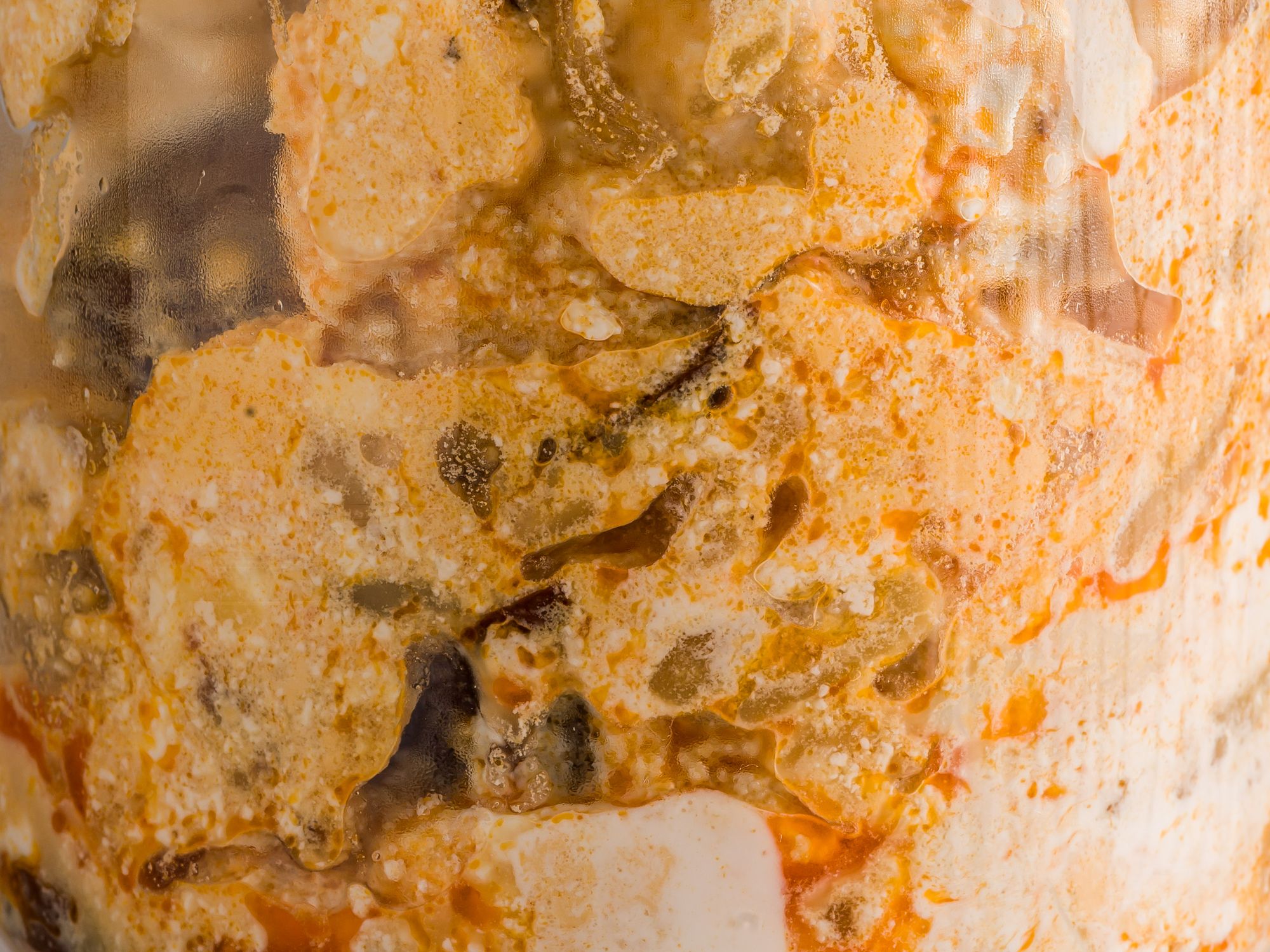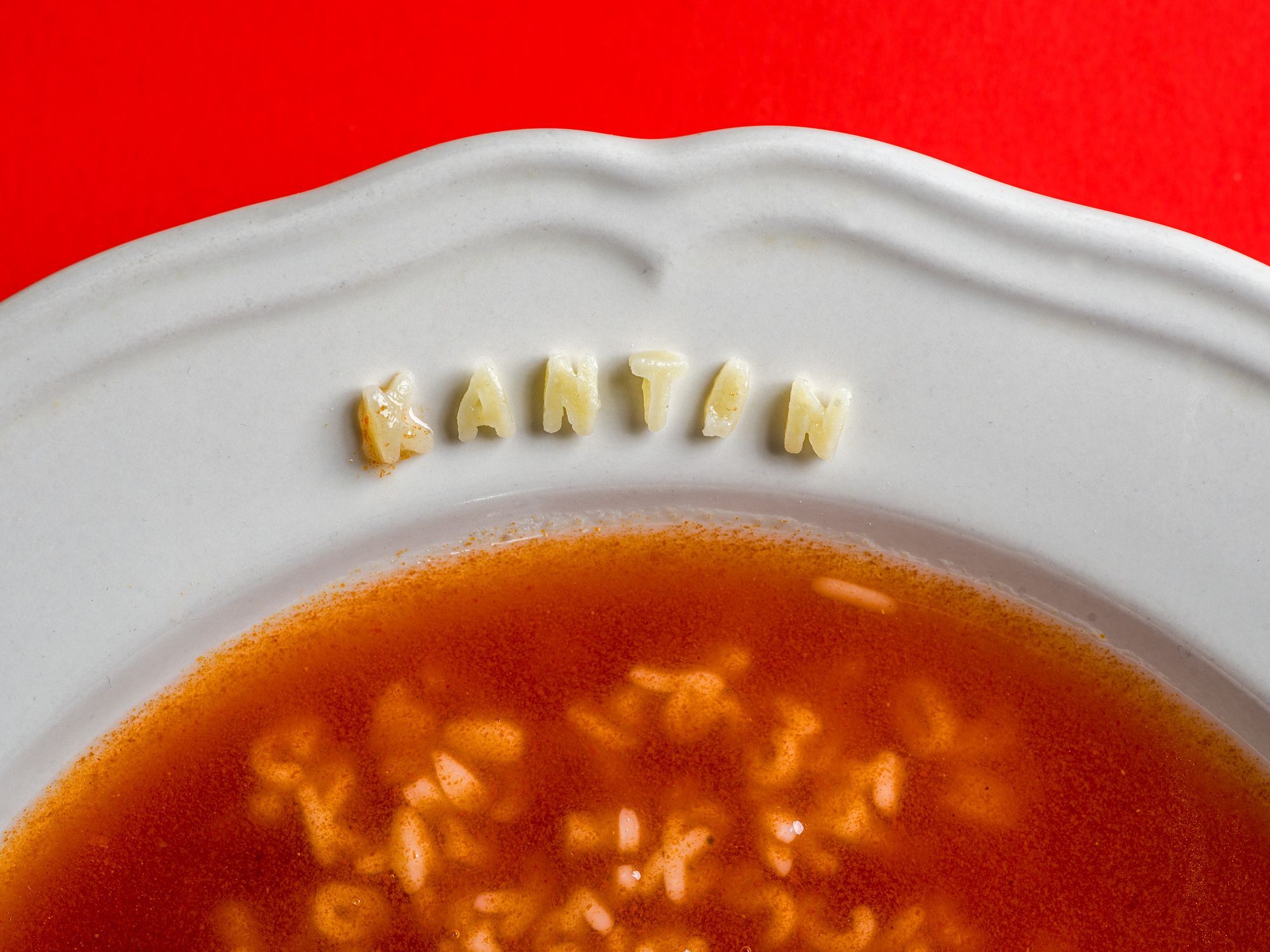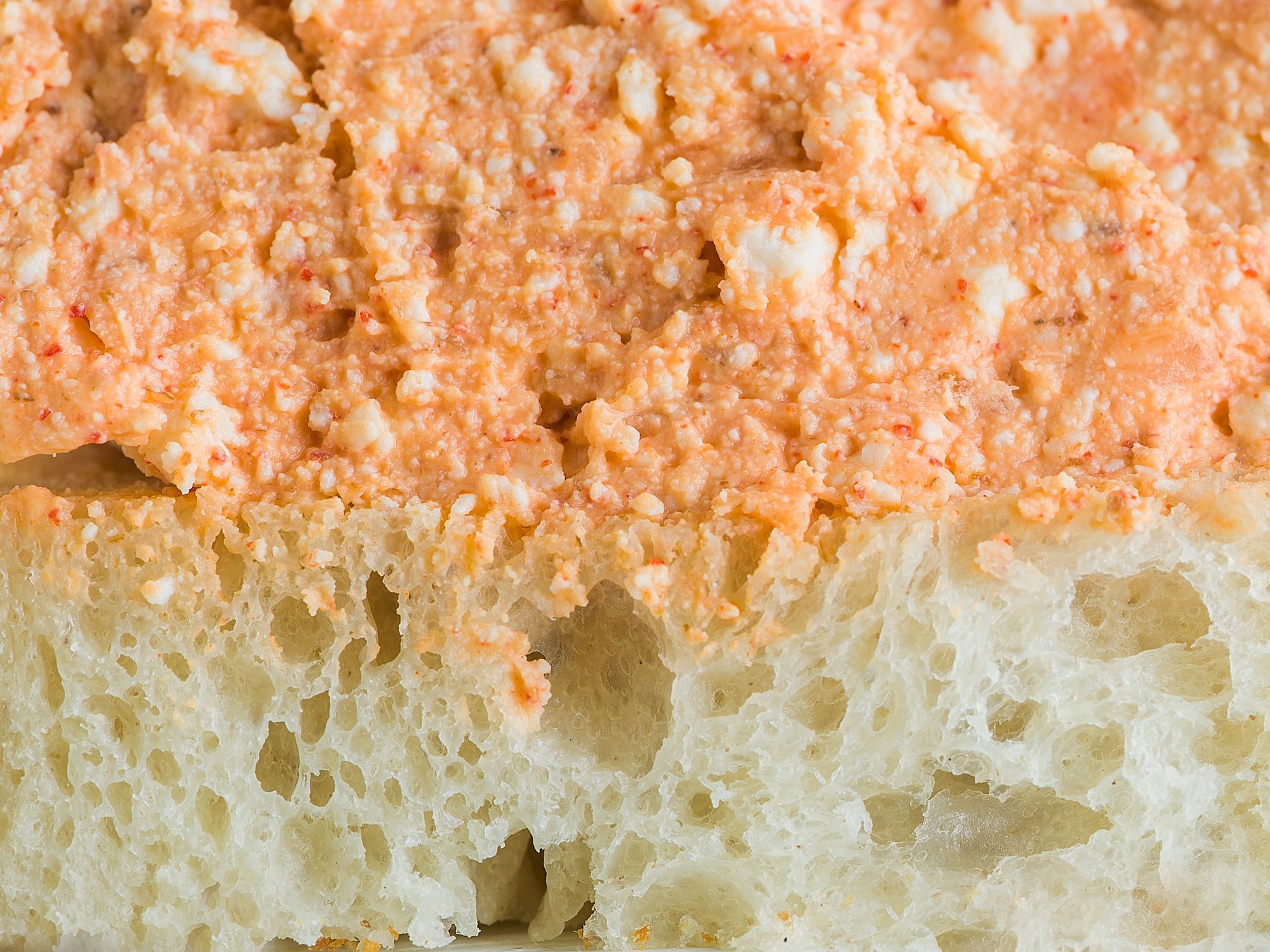When we think of Hungarian cuisine, we can say one thing for sure: it’s creative. We have many recipes and dishes that save leftovers and creatively reuse the last crumbs of a previous dish. So join us as we step through the doors of our favorite canteen again to try casseroles.
Casseroles were not invented by Hungarian chefs. The origin of the English word ‘casserole’ comes from the ancient Greek word ‘kuathion’, meaning ‘little cup’—it evolved into the Latin ‘cattia’ and then the French ‘casse’. Each refers to the deep pot in which the dish is cooked in the oven. In 18th-century England, for instance, it included rice and a meat filling, but casserole could be anything that met the following principles: baked for a long time in an oven/furnace, placed in a heatproof glass dish, clay baker, or even a cast iron casserole dish and presented as a main course, with all the important elements (cereals, pasta, or root vegetables), protein (meat, fish, and sauce). Some of these need to be prepared in advance (i.e. pre-cooked), while high heat is sufficient for the rest.

The biggest advantage of the casserole, which made it popular all over the world, is that it is very easy to prepare from anything. Take some cooked vegetables, mix them with cooked meat and sausages, pour tomato sauce or some kind of gravy over them and you’re ready to go. There is no need to stir it or watch it—it can’t even be overcooked. That’s why it makes for a substantial yet inexpensive dish, enough to feed a large family. The French cassoulet (a bean dish), the Jewish cholent (a smoked meat stew), the British pot pie, the Italian lasagne, and the Greek moussaka are all of this type, but we have known them in various forms since the 1200s.

The Hungarian people loved it for the same reasons. Households always cooked with what they had in stock: potatoes, onions, seasonal vegetables, sausages or smoked meat, and some kind of dairy product (sour cream) in most kitchens. The popularity of cauliflower casserole, green bean casserole, and kale casserole reached the kitchens of factory canteens and school cafeterias, where, with any luck, the food on the plate might resemble the juicy, succulent delicacies of grandmothers’ kitchens, but after the 1950s, casseroles tended to resemble them only vaguely. Take potato casserole, for example: although we have known the recipe in various variations since the 1850s, instead of the French gratin dauphinois, a soft and rich gratin made with plenty of cream, a depressingly soggy version lurked on the cafeteria counter, collapsing into a block when cold, and usually not even fresh sour cream could save it. This was not necessarily due to a lack of will, but rather a lack of time and ingredients, even though the advent of the canning industry made vegetables and legumes more available.

Despite its slightly faded luster, the casserole has not disappeared from the public mind. For example, instead of the cabbage casserole (which became popular in Cluj thanks to the actress and opera singer Róza Déryné Széppataki, who became a fan of the dish while visiting Transylvania), other vegetables became a one-pot meal: cauliflower, broccoli, eggplant, courgette, with or without meat, with leftover pasta, buckwheat, whatever was left. But perhaps that’s the beauty of it, as casseroles can be made from anything, even sweet versions, with fruit or pumpkin—perhaps not inspired by the canteen menu, but just as much a substantial meal.
Photos: László Sebestyén
Sources: Masterclass, Foodicles, Hello Vidék, Mesterszakács
Earlier episodes of the series:






The magic of Poznań staircases

Apartment filled with glass in the style of the Grand Budapest Hotel











